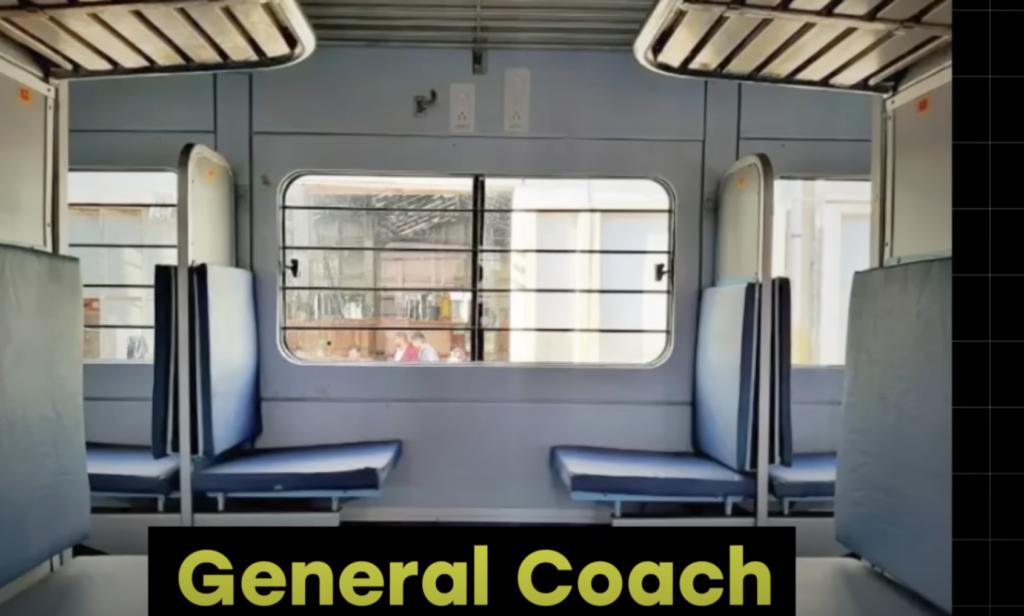7 Unknown Tech Secrets of Indian Railways – Indian Railways is a world of its own with fascinating technology and hidden facts that most passengers don’t even notice! From safety features to energy-saving hacks, let’s take a journey through some of the incredible tech you might not have known existed on your regular train rides.
1. Magnetic Buffers – They’re Not Actually Magnets!
If you’ve noticed large structures at the back of train cars, you might think they’re magnets holding the cars together. However, these are known as buffers, and their purpose is not to stick things together but to absorb impact. Buffers act as suspension systems to reduce jerks and vibrations while the train is moving. By using buffers instead of traditional couplings, Indian Railways ensures that carriages stay aligned and stable, especially during sudden stops or changes in direction.
2. High Security: Emergency Chains and the Alert System
The emergency chains found in every train compartment are not just for show. When someone pulls the chain, it triggers an alarm system that alerts both the driver and nearby railway police. Outside the compartment, a valve releases pressure with a loud sound, signaling authorities that the chain has been pulled. This advanced alert system ensures swift responses during emergencies, protecting passengers from potential mishaps.
3. DC Power vs. AC Power – Here’s Why You Shouldn’t Charge at Night
Ever wonder why charging electronics on trains is sometimes discouraged, especially at night? Indian Railways uses DC (Direct Current) power for lighting and other operations. Since most phones and laptops are designed for AC (Alternating Current), charging them with DC can overheat devices, causing battery problems and even safety hazards. For this reason, it’s recommended to limit charging time or charge only during the day when safety is monitored.
4. The Mysterious Roof Vents: Not Speakers, but Ventilation Systems
Those circular designs on train roofs might look like speakers, but they are actually roof ventilators. Indian trains are often crowded, especially in sleeper and general compartments, and ventilators allow for natural air circulation. Hot air rises and escapes through these vents, while fresh air can flow in, keeping the air inside fresher and cooler.
5. Yellow Stripes on Coaches – Not Just a Design Choice
Ever noticed yellow stripes on some railway coaches? This isn’t just decoration! These yellow bands identify reserved coaches meant for specific passenger classes, like sleeper or general compartments. The stripes help railway staff and passengers quickly recognize designated coaches, enhancing the boarding process for everyone.
6. The Generator Car – The Power Hub of the Train
Have you ever wondered how trains stay powered, especially for lighting, fans, and charging points? The generator car at the back of the train is the unsung hero, producing electricity for the entire train. This car uses a diesel generator to power the DC electrical systems throughout, so even if there are overhead wires, the generator provides a reliable power source for onboard needs.
7. Automatic Signal Detection – Ensuring Safety Across Thousands of Miles
Indian Railways has introduced a sophisticated signal detection system that alerts the driver if a signal has been missed. Known as Train Protection and Warning System (TPWS), this technology automatically stops the train if the driver overlooks a red signal. It’s a crucial innovation, especially on busy routes where a single missed signal could lead to serious accidents.
(7 Unknown Tech Secrets of Indian Railways )

